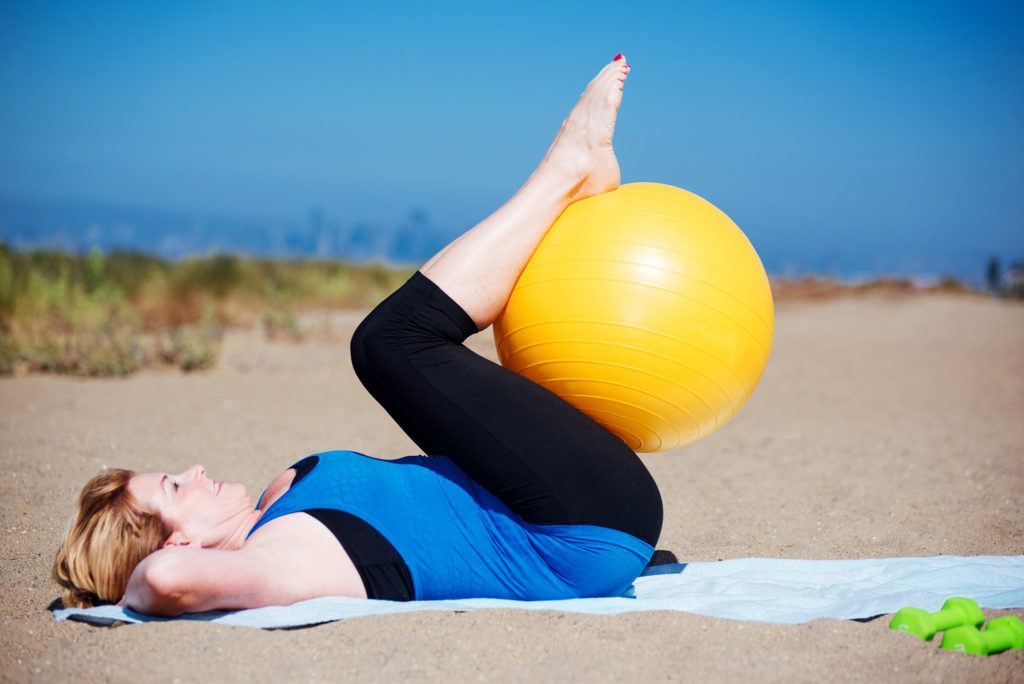
Photo by Tim Mossholder on Unsplash
Regardless of whether you’re shopping for one or feeding a whole family, you may be noticing that high quality groceries can be a bit costly.
The Bureau of Labor Statistics reports that food is the third-largest household expense. And for a family of four, the average monthly bill runs between $568 for the super frugal to $1,293 for those on a more liberal budget, according to the USDA.
Eating healthy is important but it shouldn’t cause financial stress in your life. I personally believe that stress is just as bad for you as smoking. The good news is that it is totally possible to eat well and still save money on your grocery bill.
Eight Ways To Save Money on Your Groceries
Here are eight of my own personal tips on how to save money on your groceries without compromising on quality.
Shop bargain stores first. It can pay off big to shop the discount grocery stores in your area. For years we were blessed to have a Trader Joe’s just minutes from our house which allowed us to eat really well without having to rent out a room in our house just to do it. Now that we have moved, it’s not as easy for me to get to one.
After experiencing sticker shock at one of our local grocery stores, I decided I wanted to explore other options. A friend recommended Grocery Outlet. I have to admit I was avoiding this store because as a kid I remember something with a similar name that we had nicknamed the “dented can store.” It seemed to be filled with dented cans of food that didn’t sell for a good reason. Since I trust my friend, I decided to give it a whirl. I was pleasantly surprised! They have a variety of organic foods and high quality choices. It turns out that the Grocery Outlet is a great place to shop first (it’s actually part of their advertising) and then you can hit up your supermarket to find the things on your list they weren’t able to fill.
Take a trip to the Farmer’s Market. Buying locally sourced food in season is usually more affordable. When going to the Farmer’s Market you may want to try what I call reverse meal planning. Basically, you find the food that looks tasty and cost-effective and then do a search for recipes to help you cook it when you get home.
Do inventory and make a list. Go through your pantry and refrigerator before making your grocery list. Choose recipes that will use up food you already have on hand. I find it helps to have a list I work on throughout the week. I keep a list attached to the fridge that I can update when one of us notices we are out of something. This method can save you time while meal planning, multiple trips to the store, and buying unnecessary duplicates.
Shop Imperfect Produce. I love this concept! If you grew up in an area where people grew their own fruits and vegetables, you probably know that they don’t always look perfect when they are harvested. Imperfect Produce is a company that sells the less than perfect fruits and veggies that grocery stores won’t accept and delivers them to your door for a cost savings of thirty to fifty percent. Imperfect helps stop food waste by finding a home for ‘ugly’ produce. They source it directly from farms and deliver it to customers’ doors and offer subscription produce boxes that are affordable and customizable. By eating imperfect produce you’re helping build a more sustainable and effective food system while saving money. Talk about a win-win!
Limit the extras. Shopping once a week is a good way to avoid those tempting impulse buys. I don’t recommend completely depriving yourself because that can contribute to binging. However, limiting items in your cart like desserts and sugary drinks can help lower the final bill at the checkout counter.
Take advantage of sales. If possible, check for sales and design meals around the discounts. Buy extras of things you know you will use up or are able to freeze. It may cost a bit more on the front end but will result in a yearly savings.
Invest in a soda machine. Shaming people about their beverage choices seems to be commonplace on blogs these days and I refuse to do that here. This is a safe place for EVERYONE. With that being said, investing in a soda machine allows you to save on sparkling water and/or soda. When you make your own soda you have more control over the ingredients while you are saving money. We use our Soda Stream to make sparkling water and will add a splash of juice, a slice of lemon, or a squeeze of lime to make it a bit more interesting but most of the time, we just drink it plain.
Buy store brands. Name brand isn’t always what it’s cracked up to be. Just recently, I was checking labels on some stewed tomatoes and the store brand ended up having better ingredients than the high-end name brand which was double the price. You can save quite a bit by buying store brands especially when it comes to non-food items.
No matter what your budget allows, it’s always nice to save money and use it for other things like vacations, investing, college funds, or a nice meal in a restaurant.
Here’s to eating healthy without straining your bank account.
Shared with love,
Jennifer


